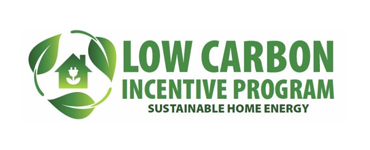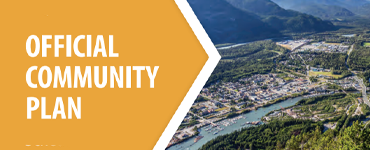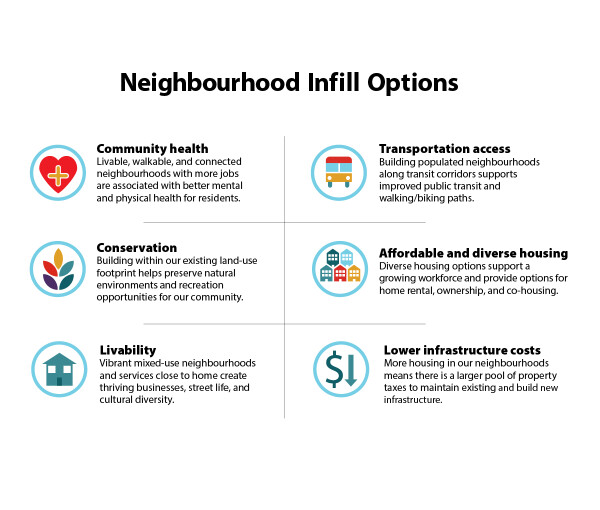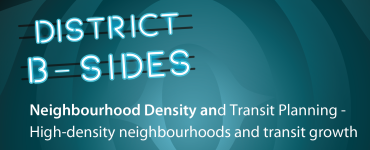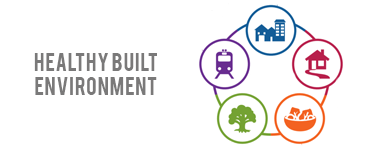Community Planning
Neighbourhood design has a large impact on our carbon footprint because where we live affects our housing choices and how we get around.
We all know that Squamish—with its abundance of recreational activities, natural beauty, and independent businesses—is a very desirable place to live. The demand for housing continues to increase as more people look to move here. Growth has many impacts on our community and the environment.
Given our proximity to Metro Vancouver and significant interest in our community, stopping the growth or halting development in Squamish isn’t realistic. However, with thoughtful community planning, it is possible to manage growth so that we preserve the natural surroundings we love, while creating a more liveable, healthy, and climate-friendly town that can be enjoyed for generations to come.
Community planning impact on climate change
The District of Squamish declared a climate emergency in 2019 and set the target to reduce greenhouse gas (GHG) emissions by 45% by 2030 and achieve net-zero emissions by 2050. The Community Climate Action Plan (CCAP), adopted in 2020, is a framework of Six Big Moves to drive emissions reduction in the areas of housing, transportation, and waste management.
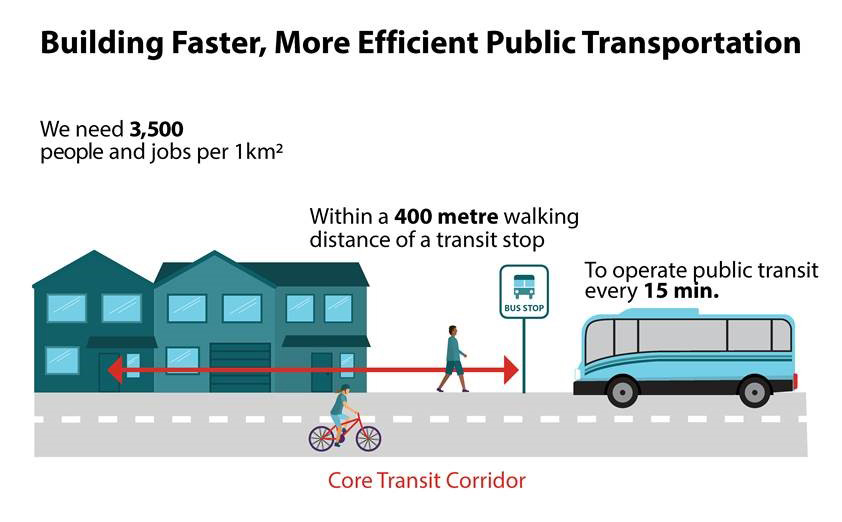
Neighbourhood design has a large impact on our carbon footprint because where we live affects how we live and get around. Transportation accounts for more than half (52%) of our community GHG emissions, mainly because Squamish has historically been a car-dependent town, with residents driving to get to work, recreational activities, and shops. Big Move #2 is all about developing convenient and accessible low-carbon transportation options that shift user behaviour away from the vehicle. And, it all starts at the neighbourhood level.
What if we lived in a community where we could walk, bike, or take public transportation instead of driving? Our shared vision is to create a network of transit-connected, walkable, and amenity-rich community ‘neighbourhood nodes’ that make it more convenient to leave the car behind. However, in order to make this a reality, we need more residents in our neighbourhoods to support these services.
The District of Squamish is working with developers to reduce the GHG emissions from buildings. As new developments make their way through the approval process, the District is implementing the BC Energy Step Code to ensure that each new development is energy efficient. As well, the Low Carbon Incentive will strongly encourage developers to construct buildings that use low-carbon energy sources, rather than fossil fuels.
Why we need to avoid sprawling
Planning how we develop land is a key part of moving beyond the car and reducing car dependence. Our community’s reliance on vehicles is a result of our geography, history, and previous land-use patterns. Today, single-family homes account for 44% of all housing inventory in Squamish, which is much higher than our neighbours in Whistler (13%) and Pemberton (30%).
Building additional neighbourhoods composed exclusively of single-family homes isn’t sustainable in the long term. Neighbourhoods with a variety of mid-sized housing forms—including small lot single-family, duplexes, triplexes, row housing, townhomes and apartments—provide numerous community advantages. This is also known as “infill housing.”
Did you know that there is enough land within Squamish’s Growth Management Boundary to support a population of 34,000 residents? Squamish's population is projected to reach in excess of 36,000 residents by 2040.
Resources
Low Carbon Incentive
Smart Growth Neighbourhood Incentives
Neighbourhood Nodes
BC Energy Step Code for New Developments
Official Community Plan
The benefits of neighbourhood infill housing
When we take a step back and think about population growth and its impact on communities and people and our natural environment, we can see that diversifying our housing supply in our neighbourhoods is a key way to manage impacts from population growth and limit climate change. There are added community benefits as well: Health and wellbeing, access to public transportation, housing affordability, and general neighbourhood liveability, to name a few.

